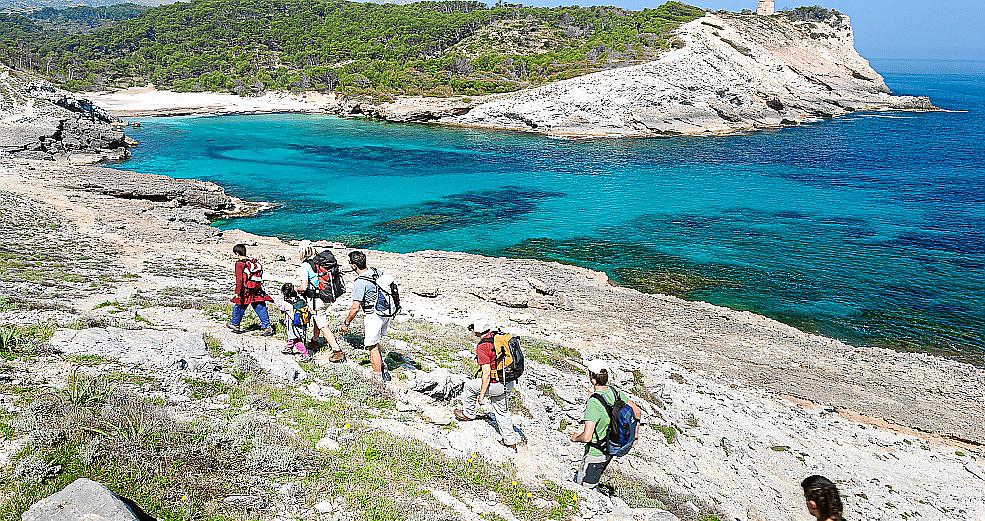The marine environment is the source of numerous essential benefits, including food, climate regulation and a wide range of leisure activity. Estimating the marine natural capital of a region or a site – such as a Marine Protected Area - allow us to see how changes in the state of marine habitats and species impact on the flow of services and benefits that we obtain and allows public and private institutions to take more informed decisions to improve the marine environment.
Easily said than done. Getting a detailed overview of the flow of benefits and services that come from a particular area and estimating them in economic terms is not an easy task. Some benefits and services are visible and can be easily calculated; others, like the feeling of well-being or enjoyment, are more abstract and difficult to measure.

The goal of the project is to make visible the benefits that the Marine Reserve of Cala Rajada brings to the local and regional economy such as fish and leisure activities such as diving, boat tours and more broadly all tourism that might be attracted to the area because of the quality of its marine and coastal environment. CBBA – a consultancy based in Mallorca - will be working on the ground collecting data from key economic sectors (fisheries, tourism) whereas Ecoacsa, based in Madrid will do all the economic analysis and integrate the information into a Natural Capital Accounting framework.
The project will look at the area and state of key habitats such as seagrass meadows, rocky and coralligenous seabed; the quantity and value of services that flow from them (i.e. fish landings, number of tourists taking part in marine related activities, expenditure per visitor) and will also look into perceptions from locals and tourists about key features of the Marine Protected Area in order to learn from all the value that we place on things that are not that visible and which can’t hardly be described in monetary terms such as the beauty of a landscape or the wellbeing experienced when being at sea. The project will also look at the additional benefits that we could obtain if we invest in the recovery of degraded marine habitats and in the conservation of Balearic marine biodiversity.

The Marine Reserve of Llevant-Cala Rajada in Mallorca, was created with the goal to improve fisheries productivity in the area but the impact goes beyond fisheries as the measures benefit many other habitats and species. This Marine Protected Areas has been chosen due to the quality of the scientific information available; the receptivity of the economic sectors to contribute to the study; and because it is a marine reserve which is managed jointly by Balearic and Spanish government.
The Balearic Islands have a network of marine reserves and protected areas whose value and benefits have often gone unnoticed. They are a valuable asset to the Balearics which has helped increased number of commercial fish species and benefits to local communities. Whilst Balearic MPAs are working relatively well and have had a positive impact, they are still far from the potential. At a time of economic crisis the protection of the marine environment requires particular attention. The sea and the coast are critical to the economic prosperity of the Balearics and to the wellbeing of its citizens. The conservation of the sea must be a pillar of the economic recovery strategy. This study, and others to come, will show that investing in marine conservation, investing in Marine Protected Areas makes economic sense.




No comments
To be able to write a comment, you have to be registered and logged in
Currently there are no comments.